Triangular signs in Mexico: Did you know them already? Notice that they are becoming increasingly prominent on streets and highways, serving as an essential guide for safer and more organized mobility. While they have long been part of road signage, their design and application have evolved to meet the demands of more dynamic traffic conditions and the coexistence of different types of road users: drivers, cyclists, public transport, and pedestrians.
Unlike circular or rectangular signs, triangular signs stand out for warning of potential hazards or indicating very specific priorities that help prevent accidents and improve traffic flow. They are particularly useful in both urban and rural areas where conditions vary from one section to another, such as unsignaled intersections, bike lanes, public transport access points, or roadwork zones.
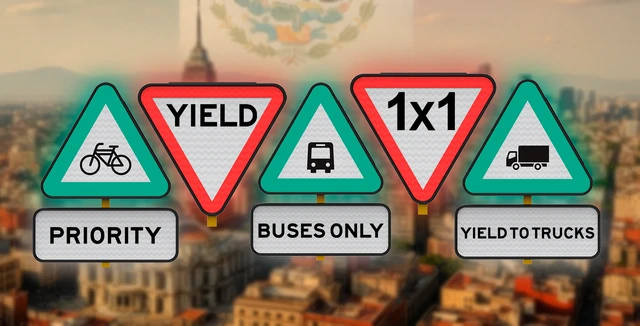
These signs represent a significant shift in the way traffic is organized. In this article, we explain their function and why they are becoming increasingly important in our country.
The “Yield to Trucks” sign
This sign indicates that heavy vehicles, such as trucks or trailers, have priority on certain roads or access points. It is particularly useful in industrial areas or freight routes where mixed traffic can pose risks for private vehicles. Upon seeing this sign, other drivers must yield and exercise extra caution to prevent accidents. Additionally, it helps ensure that loading and unloading operations are carried out safely and in an organized manner.
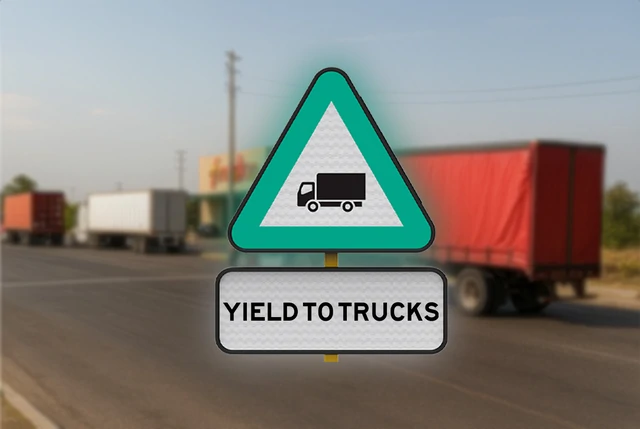
The “Cyclists Have Priority” sign
This sign is used where cyclists have the right of way, particularly on bike lanes, shared crossings, and access points to urban parks. By displaying this sign, drivers are made aware that they must reduce their speed and allow bicycles to pass first. It promotes more respectful interaction on the streets and reinforces cyclist safety, as they are often the most vulnerable road users. This sign is essential for cities aiming to encourage sustainable mobility.
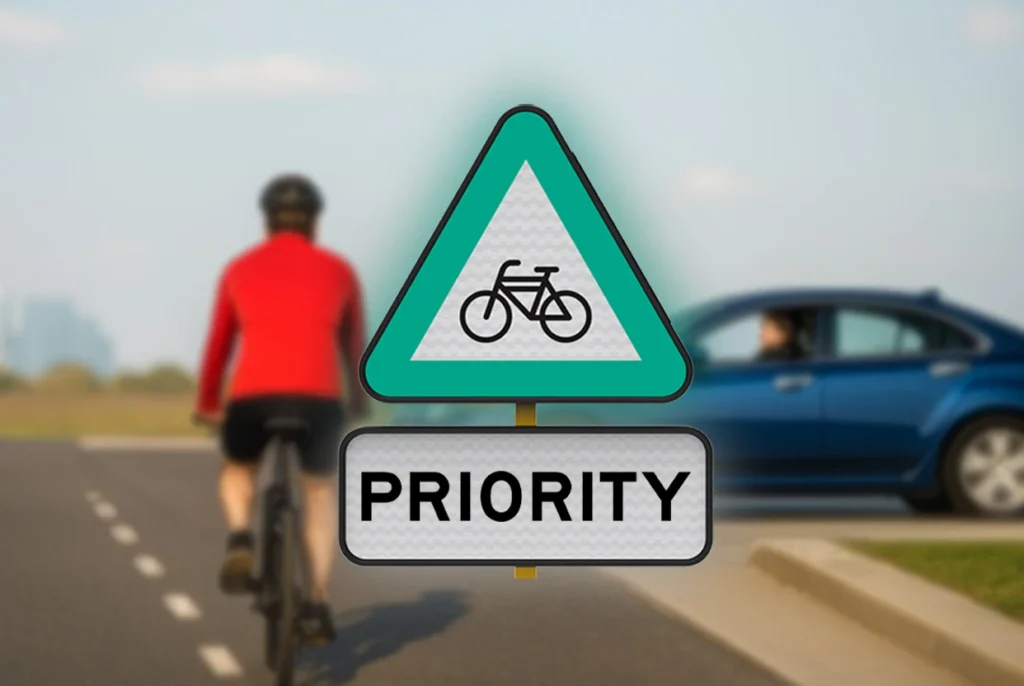
The “Yield” sign
One of the most recognized and vital road safety signs, it alerts drivers to slow down and yield to vehicles on the main road. Its presence helps prevent intersection collisions and ensures smoother, more orderly traffic flow. Commonly found on busy streets or at unsignalized intersections—where right-of-way may not always be obvious—remembering its meaning can help prevent serious accidents.
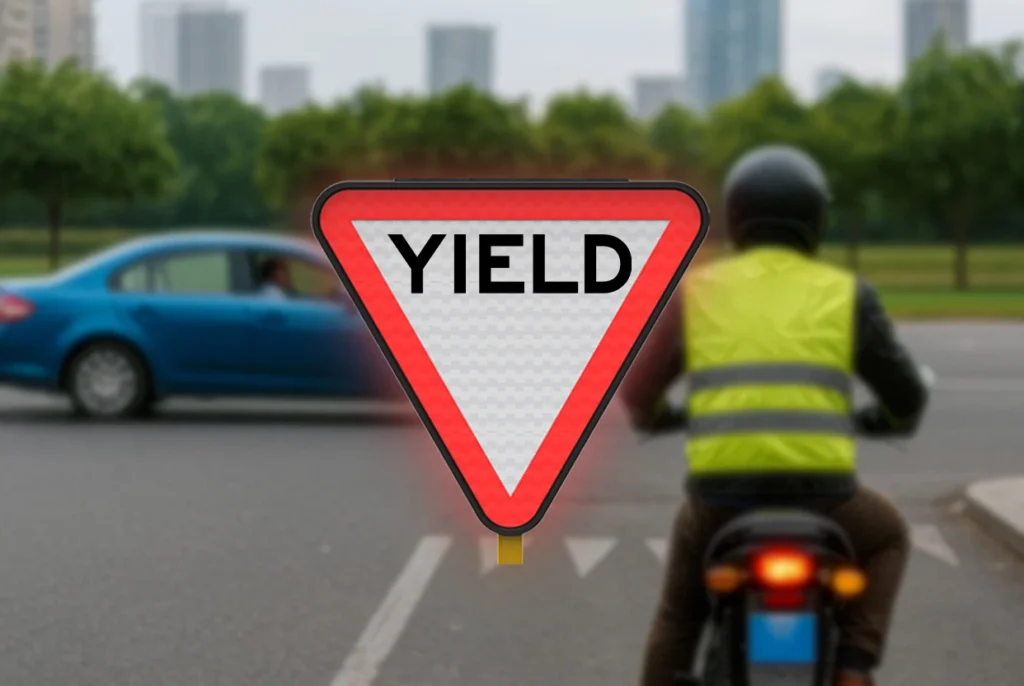
The “1×1” sign
This sign guides the flow of vehicles in areas where lanes narrow or merge. It tells drivers to take turns, allowing one vehicle at a time. Commonly seen in roadwork zones, tunnels, or narrow access points, it helps maintain order, prevent congestion, and reduce the risk of accidents. Following this rule ensures traffic moves more smoothly and safely for everyone.
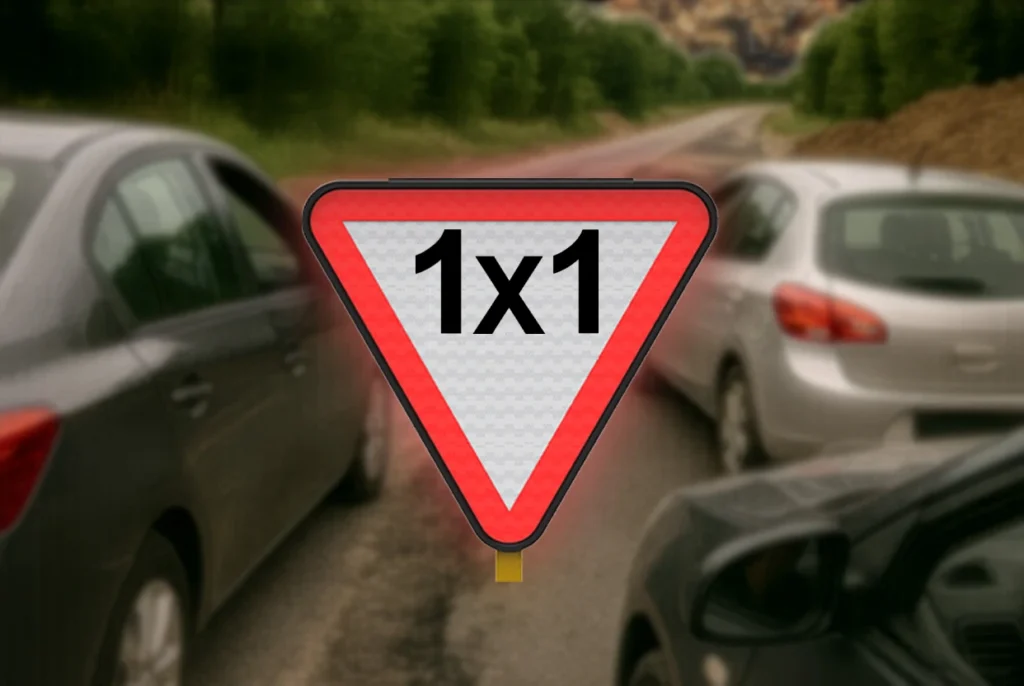
The “Buses Only” sign
Designed exclusively for public transportation, this sign grants priority access to urban buses. It is installed on lanes or entry points reserved solely for these vehicles, allowing buses to maintain punctual schedules and deliver faster, more efficient service to passengers. At the same time, it helps other drivers easily identify restricted areas, preventing violations and fines.
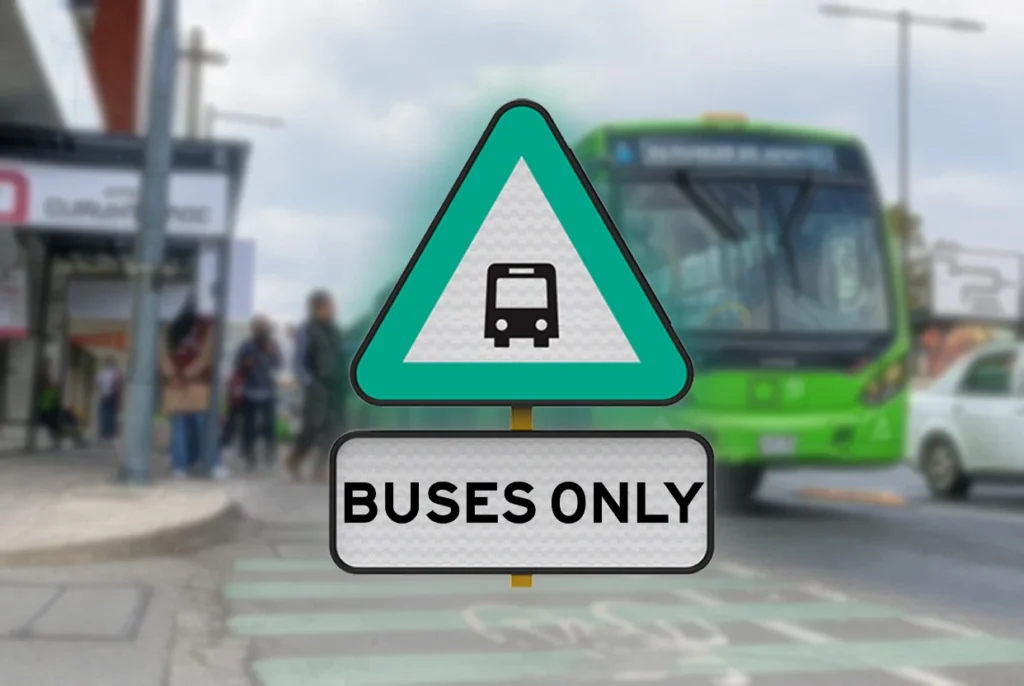
From Europe to Mexico
This type of tiangular sign is also widely used in Europe, where it is part of a unified road warning system established by international agreements such as the Vienna Convention. Widely used in countries like Spain, France, and Germany, triangular signs with black pictograms on a white background and red borders clearly indicate hazards or traffic priorities.
By adopting this design, Mexico modernizes its road signage, creating a visual language that is instantly recognizable—even to tourists and transport operators traveling between regions. This integration of proven European practices not only enhances road safety but also improves traffic flow, making urban and rural journeys more efficient and predictable. A small sign, a big step toward smarter, safer mobility
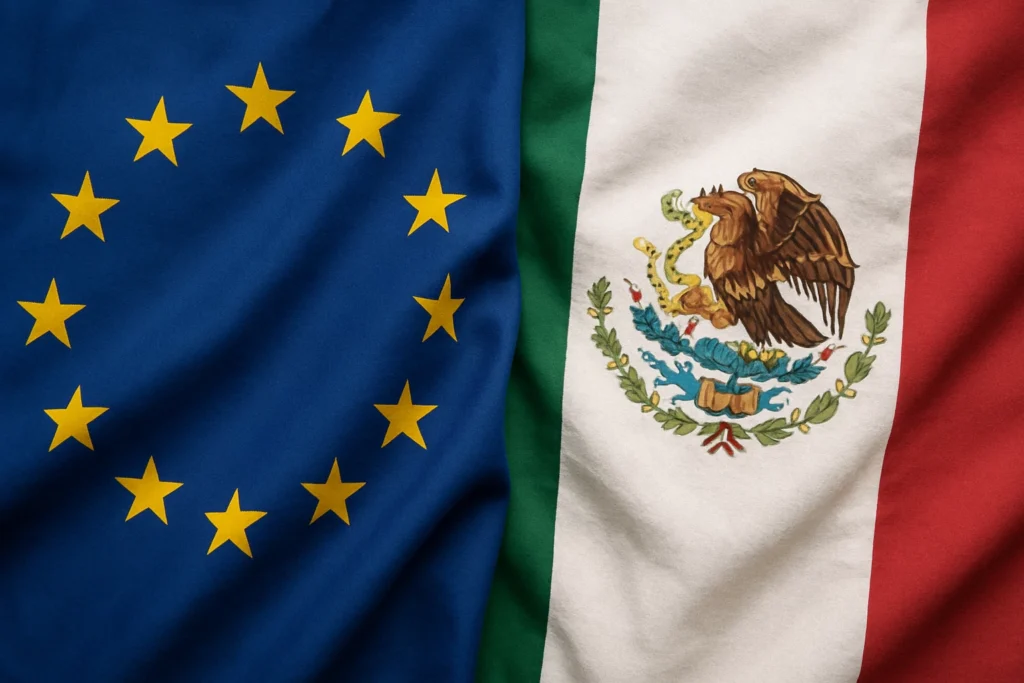
Triangular signs in Mexico: Did you know them already? And why are them so important?
They do more than just warn or indicate priority—they have become essential allies in making traffic safer and more orderly. Their distinctive shape and reflective material ensure visibility at all times, whether in broad daylight, at night, or during rain. This makes them indispensable for preventing accidents and giving confidence to everyone navigating the city.
Their inclusion in bike lanes and public transport corridors reflects a shift in how streets are designed, aiming to protect all road users. Next time you move through your city, take a closer look: these signs are charting a new course in Mexico’s road safety.
And if you’re interested in learning more about how these and other signs are transforming mobility, explore additional triangular signs and discover their functions in different traffic environments.
